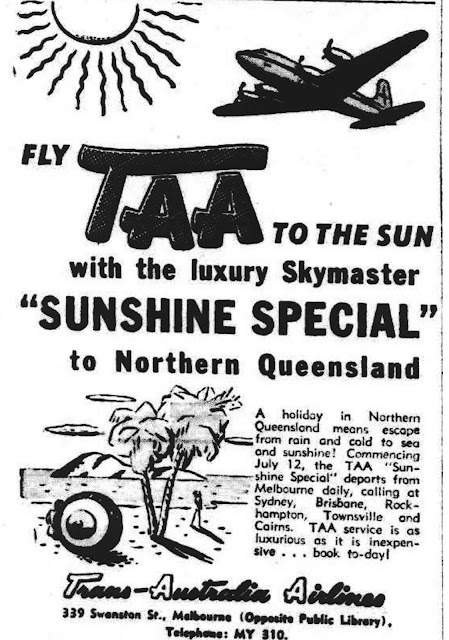Known for many years
as the “Historic Corner”, the site now occupied by the Cowboys Leagues Club at
the corner of Flinders and Stokes Streets in Townsville was at one time the
most valuable block of land in north Queensland.
 |
|
The premises of McKimmin & Richardson, situated on the “Historic
Corner” of Flinders and Stokes Streets, Townsville, 1915.
Photo: W.J. Laurie, held by CityLibraries.
|
Originally only
comprising a quarter of an acre, the site was sold in 1865 at the city’s first
land sale for £120 to a Mr J.A. McLeod.
It sold again in 1874 for only £50, but it was the sale to Mr John
McDonald, of Charters Towers, in 1888 that earned the site its historic title.
Mr McDonald paid an
astonishing £16 500 for the block, just 14 years after it had sold for £50.
Even 50 years later, this was still the record highest price ever paid for land
in Queensland, outside of Brisbane.
McDonald was a land
speculator who hoped to cash in on the mining boom but when he went into
liquidation, he had to sell the land for considerably less than he had paid for
it. In 1895 the site sold to two enterprising Irishmen, Robert McKimmin and
James Alexander Richardson, for £11 000. Together the pair built up a business
that became the largest department store in north Queensland.
A disastrous fire in
November 1932 caused £100 000 worth of damage but the business managed to
rebuild. At the request of Mr McKimmin,
on the night of the blaze, firefighters concentrated their efforts on a
concrete storeroom that housed the firm’s business records, which included
lists of people who were indebted to the business.
The business records
were saved, but there was one setback. On
the night of the fire, that day’s list of purchases had not been secured in the
storeroom. A public appeal was made for
those who had done business at McKimmin and Richardson’s that day, to come
forward with their receipts. Remarkably,
they did.
Mr McKimmin was said
to have been “thrilled” with the “sense of fair play” shown by his customers,
at this act of honesty. He felt sure
that “not a single person indebted to the firm failed to render a full account
of the credit that had been granted to him”.
By the time of the
firm’s 50th anniversary in 1938, McKimmin and Richardson’s had grown
to have a commanding presence in the heart of the city, with frontage of 100ft
to Flinders Street and 198ft to Stokes Street. In 1939, after the death of the
firm’s remaining founding partner, Robert McKimmin, the
name of the company was shortened to McKimmins Pty Ltd.
As testament to the
strength of the trading name, when McKimmins was purchased by Dalgety & Co.
in 1949, they decided to carry on the business under the name of McKimmin &
Co.
In December 1960 the
business was sold to David Jones. In 1966 David Jones spent £1 million remodelling
and expanding the site, which included purchasing and demolishing neighbouring
properties, the Queensland Hotel and Armati’s Chemist.


